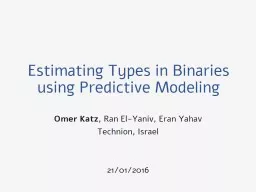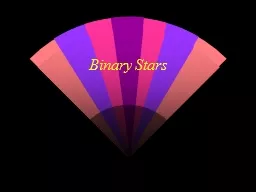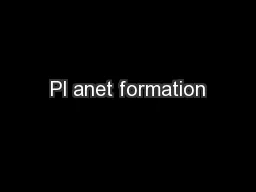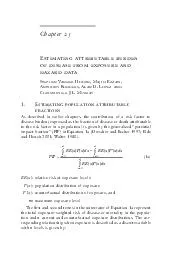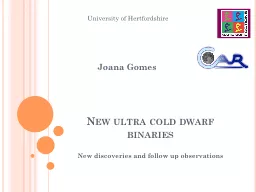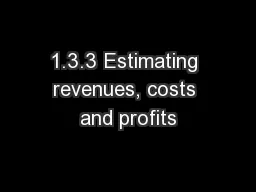PPT-Estimating Types in Binaries
Author : lois-ondreau | Published Date : 2016-09-11
using Predictive Modeling Omer Katz Ran El Yaniv Eran Yahav Technion Israel 21012016 You get new binaries everyday Most software reaches users as binaries
Presentation Embed Code
Download Presentation
Download Presentation The PPT/PDF document "Estimating Types in Binaries" is the property of its rightful owner. Permission is granted to download and print the materials on this website for personal, non-commercial use only, and to display it on your personal computer provided you do not modify the materials and that you retain all copyright notices contained in the materials. By downloading content from our website, you accept the terms of this agreement.
Estimating Types in Binaries: Transcript
Download Rules Of Document
"Estimating Types in Binaries"The content belongs to its owner. You may download and print it for personal use, without modification, and keep all copyright notices. By downloading, you agree to these terms.
Related Documents

